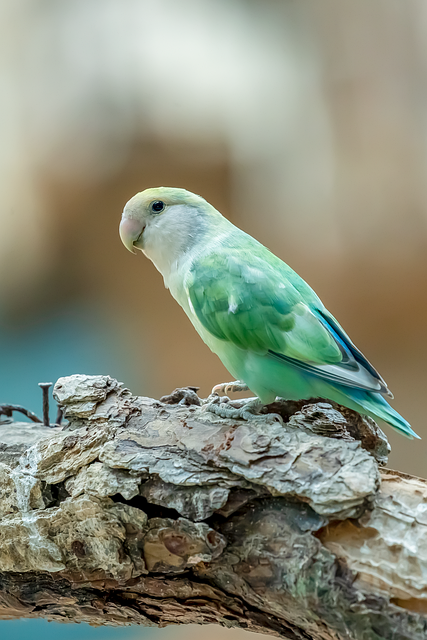Choosing the right wine storage is crucial for any enthusiast. This article explores the science of proper wine preservation and the key features that define a superior cooling unit. Understanding these elements ensures your collection ages gracefully, preserving the intended aroma, flavor, and complexity crafted by the winemaker for perfect enjoyment.
The Critical Science of Wine Preservation
Wine is a delicate living entity, highly susceptible to its environment. Three fundamental factors dictate its longevity and quality: temperature, humidity, and light. Consistent temperature is paramount; fluctuations cause the wine to expand and contract, potentially pulling air through the cork and oxidizing the wine. The ideal range for long-term storage is between 45°F and 65°F (7°C and 18°C), with 55°F (13°C) often cited as the sweet spot. A study by the University of California, Davis, a leading authority in viticulture and enology, has repeatedly emphasized that temperatures above 70°F (21°C) can accelerate aging and degrade delicate flavors.
Furthermore, humidity levels around 50-70% are necessary to keep corks from drying out and shrinking, which would allow oxygen to seep in. Ultraviolet light from the sun or even household bulbs can also cause chemical reactions that create unpleasant aromas and prematurely age wine. This is why dark glass bottles and dim storage areas are traditional. A modern wine cooler is engineered to precisely control all these variables, creating a stable microclimate that mimics a professional cellar. For those seeking a comprehensive solution, a unit like the Tittla 24 154-Bottle Dual Zone cooler provides this essential scientific environment.
Essential Features of a Modern Wine Cooler
When selecting a wine cooler, moving beyond basic refrigeration is key. The most significant feature for serious collectors is dual-zone temperature control. This allows you to store red wines at their ideal serving temperature (around 55-65°F) in one compartment and whites at a colder temperature (around 45-50°F) in another, all within the same appliance. This flexibility is invaluable for a diverse collection.
Other critical considerations include vibration reduction, as constant agitation can disturb the sediment in wine and hinder its development, and UV-protected glass doors to shield bottles from harmful light. The design of the storage shelves is also important; sturdy wooden or metal racks that hold bottles securely on their sides are essential to keep the cork moist. For enthusiasts building a substantial collection, investing in a high-capacity, feature-rich wine storage unit is a logical step. A spacious model, such as the freestanding built-in wine cooler from Tittla, combines advanced dual-zone technology with a large 154-bottle capacity, making it a cornerstone for proper wine cooler preservation.
In summary, proper wine storage is a science focused on controlling temperature, humidity, and light. Investing in a quality wine cooler with features like dual-zone control and UV protection is not a luxury but a necessity for preserving your wine’s integrity. By providing an optimal environment, you ensure each bottle reaches its full potential, ready to be enjoyed exactly as intended.
